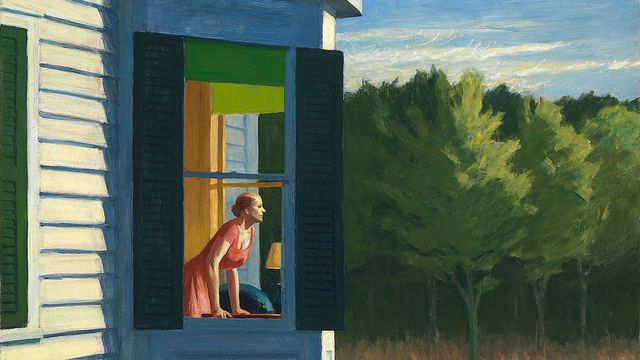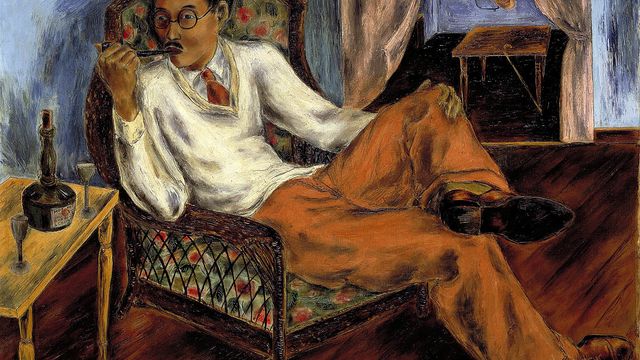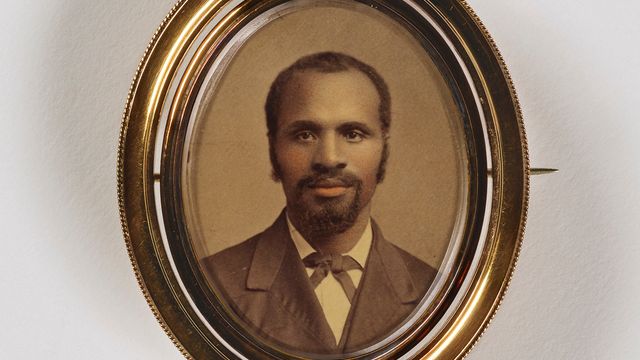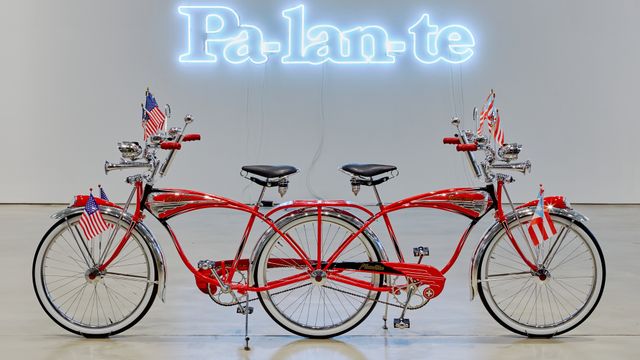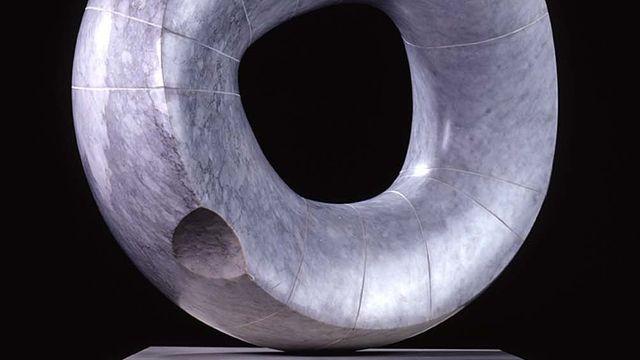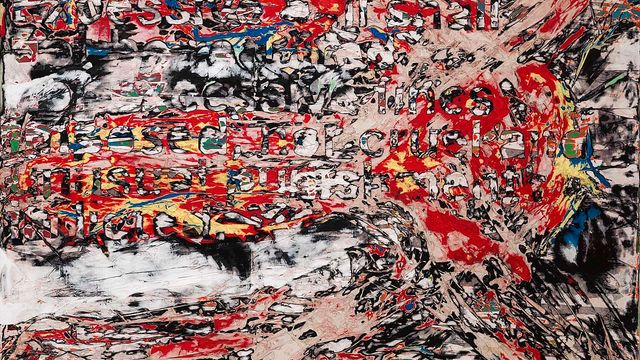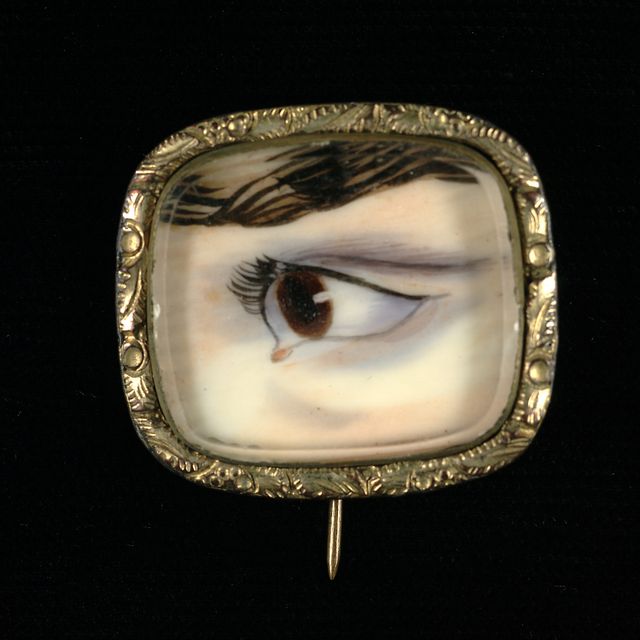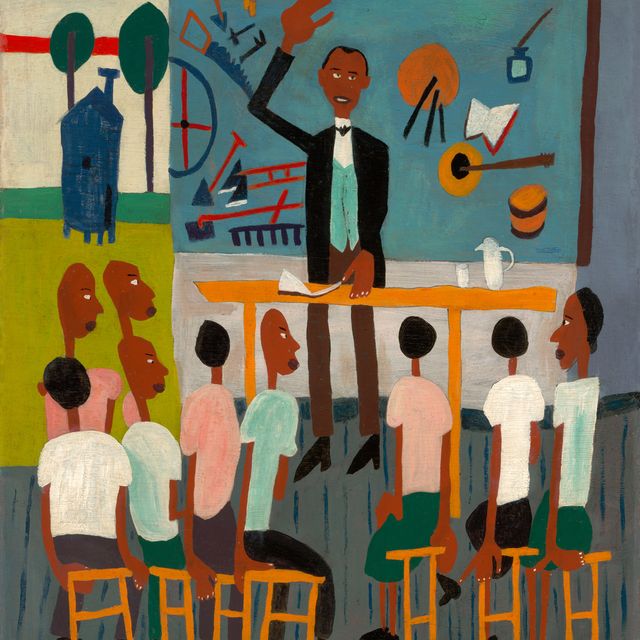Elihu Vedder
- Biography
The career of Elihu Vedder, who was born in New York City in 1836 and died in Rome, Italy, in 1923, spanned some sixty-five years. He began to paint when Courbet was a name to enflame the young and raise the hackles of critics, and died when Cubism had already become academic. His work related to neither. Although he was quite aware of the various art currents of his time, he was far too concerned with his own perceptions, dreams, and inventions to stay long with any particular vogue. Living most of his life in Italy, Vedder was in many ways a truly expatriate artist; he realized early that art itself provided a homeland and to it he was a loyal citizen. For him, Italy was the closest approximation of that land to be found on earth.
Vedder has been remembered for several different accomplishments but rarely as a unified artistic personality. His extraordinary illustrations to accompany Omar Khayyám's Rubáiyát, published in 1884, are an early and persuasive lesson in the compelling, evocative powers of a decorative style. His disarmingly simple, richly colored glimpses of the Italian landscape, however, celebrate the pleasures of direct perception. His work seems to be rooted firmly in two opposing traditions, each revolutionary in its way in the nineteenth century. Yet probably the most revolutionary aspect of Vedder was his refusal to take sides, to admit that the perceptual and visionary were at odds with each other.
Joshua C. Taylor, et al Perceptions and Evocations: The Art of Elihu Vedder (Washington, D.C.: Smithsonian Institution Press for the National Collection of Fine Arts, 1979)



